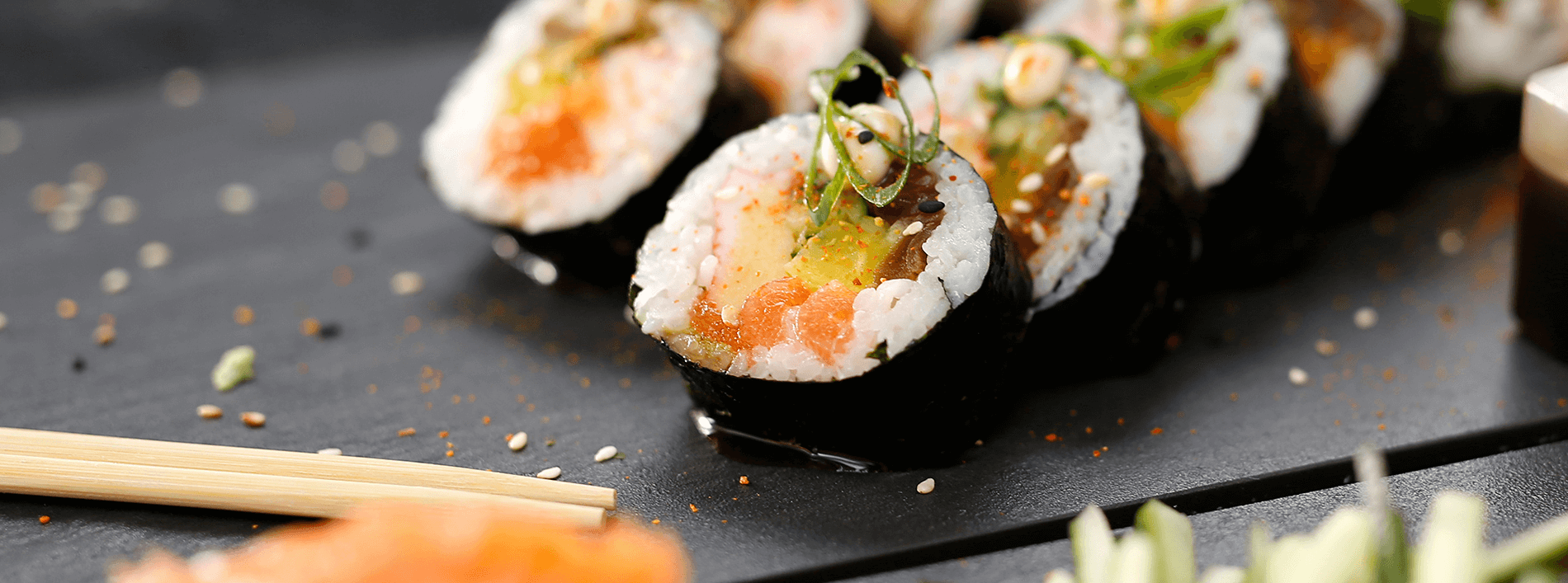Both sushi and sashimi include raw fish in its preparation. However, sashimi consists of thinly sliced fish that is served without rice. Some sushi dishes don’t include fish at all, while others include seafood that has been lightly cooked. However, fish is an integral feature of sashimi dishes and is almost always raw.
Sashimi is considered to be one of the finest Japanese foods. It is usually the first course in a formal Japanese meal and is prepared by draping sliced seafood over some kind of garnish, often a radish. Dipping sauces like soy sauce or wasibi paste can be added as well.
Sashimi ingredients can include squid, salmon, sake, tuna and mackerel. Octopus is also used but is often cooked due to take the edge of its chewy consistency. Other types of meat are sometimes added such as beef and horsemeat, although seafood is the most common ingredient.
So the difference in sushi and sashimi lies mainly in the preparation and ingredients. Rice does not feature in a sashimi dish and in most cases the fish is generally served raw. In addition, Sashimi is more basic in its preparation and is not as elaborately presented as sushi. Side-dishes are also not included for the most part.



